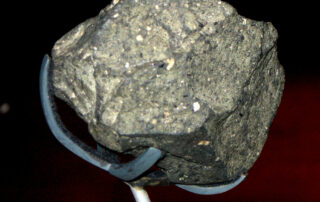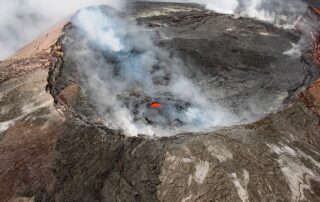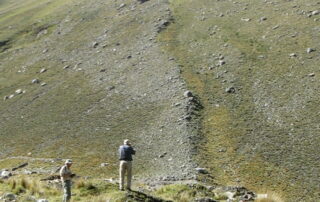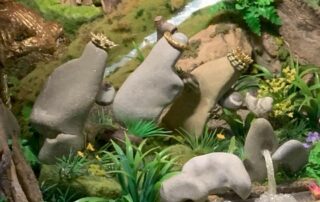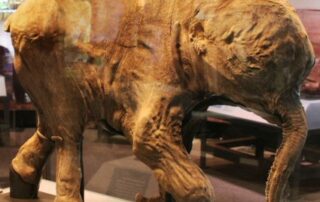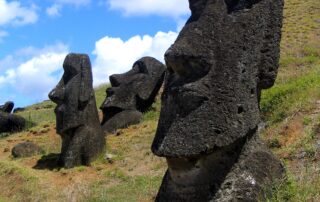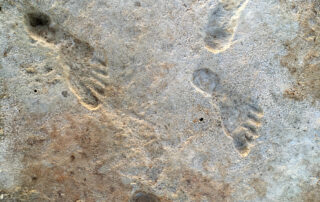Turning Back Time – Rope
Rope made from twisted or braided plant fibers can be traced back tens of thousands of years. Preservation is rare, so most artifacts have been lost in the dust of time – but there are hints about rope production, including tools that may have been used to make them. The rope bridges of the Incas were impressive structures that could extend across greater distances than any masonry bridge built in history before that time.

